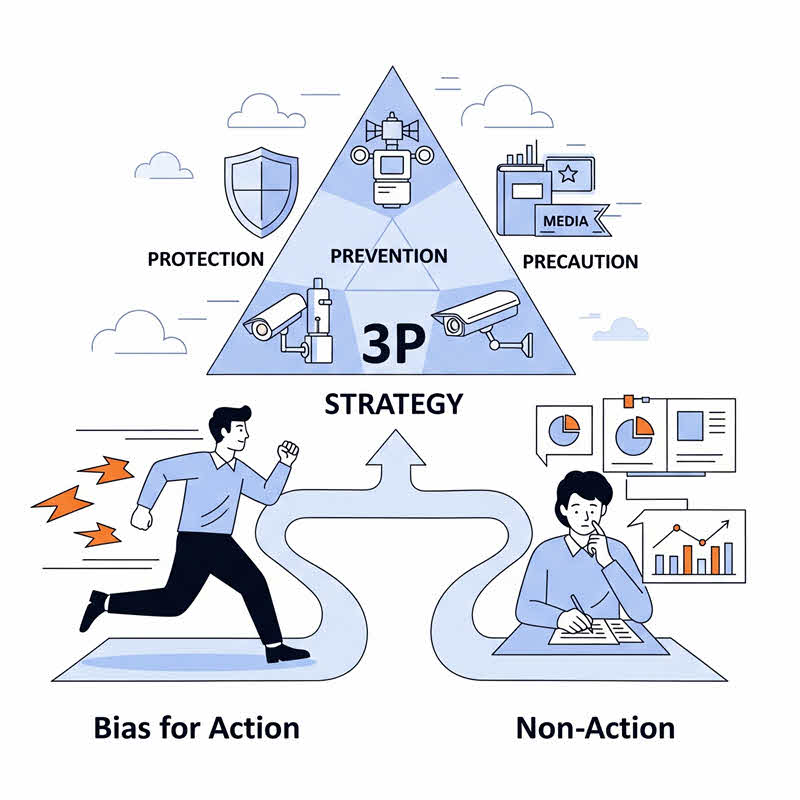
To Act or Not to Act – A Manager’s Persistent Dilemma
Last updated: July 26, 2025 Read in fullscreen view
- 10 Apr 2022
 Agile self-organizing teams: What are they? How do they work? 28/435
Agile self-organizing teams: What are they? How do they work? 28/435 - 05 Aug 2024
 Debunking 10 Myths About Change Management 19/266
Debunking 10 Myths About Change Management 19/266 - 05 Oct 2025
 The New Facebook Algorithm: A Paradigm Shift in Content Discovery 19/46
The New Facebook Algorithm: A Paradigm Shift in Content Discovery 19/46 - 21 May 2022
 "Fail Fast, Fail Often, Fail Forward" is the answer to Agile practices of software success 18/941
"Fail Fast, Fail Often, Fail Forward" is the answer to Agile practices of software success 18/941 - 03 Nov 2023
 Why Is Billable Viable Product An Alternative To Minimum Viable Product? 12/165
Why Is Billable Viable Product An Alternative To Minimum Viable Product? 12/165 - 12 Oct 2022
 14 Common Reasons Software Projects Fail (And How To Avoid Them) 10/504
14 Common Reasons Software Projects Fail (And How To Avoid Them) 10/504 - 21 Sep 2023
 Abraham Wald and the Missing Bullet Holes 9/598
Abraham Wald and the Missing Bullet Holes 9/598 - 30 Jul 2024
 The Future of IT Consulting: Trends and Opportunities 8/131
The Future of IT Consulting: Trends and Opportunities 8/131 - 18 Jul 2024
 The 8 Best ways to Innovate your SAAS Business Model in 2024 8/205
The 8 Best ways to Innovate your SAAS Business Model in 2024 8/205 - 27 Jul 2024
 Positive Psychology in the Digital Age: Future Directions and Technologies 6/337
Positive Psychology in the Digital Age: Future Directions and Technologies 6/337 - 13 Oct 2021
 Outsourcing Software Development: MVP, Proof of Concept (POC) and Prototyping. Which is better? 6/424
Outsourcing Software Development: MVP, Proof of Concept (POC) and Prototyping. Which is better? 6/424 - 20 Jan 2022
 TIGO Self-Organization Practice: Change Management Workflow 6/430
TIGO Self-Organization Practice: Change Management Workflow 6/430 - 28 Jul 2022
 POC, Prototypes, Pilots and MVP: What Are the Differences? 6/606
POC, Prototypes, Pilots and MVP: What Are the Differences? 6/606 - 11 Oct 2022
 Why choose Billable Viable Product (BVP) over Minimum Viable Product (MVP) 5/315
Why choose Billable Viable Product (BVP) over Minimum Viable Product (MVP) 5/315 - 20 Nov 2022
 Agile working method in software and football 5/323
Agile working method in software and football 5/323 - 31 Aug 2022
 What are the best practices for software contract negotiations? 5/215
What are the best practices for software contract negotiations? 5/215 - 16 Jun 2022
 Rapid Application Development (RAD): Pros and Cons 5/800
Rapid Application Development (RAD): Pros and Cons 5/800 - 05 Mar 2021
 How do you minimize risks when you outsource software development? 5/317
How do you minimize risks when you outsource software development? 5/317 - 07 Oct 2025
 Case Study: Using the “Messaging House” Framework to Build a Digital Transformation Roadmap 5/45
Case Study: Using the “Messaging House” Framework to Build a Digital Transformation Roadmap 5/45 - 10 Nov 2023
 The "Cat Theory" of Deng Xiaoping Applied to Software Product Development 4/380
The "Cat Theory" of Deng Xiaoping Applied to Software Product Development 4/380 - 12 Dec 2021
 Zero Sum Games Agile vs. Waterfall Project Management Methods 4/374
Zero Sum Games Agile vs. Waterfall Project Management Methods 4/374 - 04 Oct 2022
 Which ERP implementation strategy is right for your business? 4/278
Which ERP implementation strategy is right for your business? 4/278 - 01 Jan 2024
 The pros and cons of the Centralized Enterprise Automation Operating model 4/165
The pros and cons of the Centralized Enterprise Automation Operating model 4/165 - 08 Jan 2024
 Ask Experts: Explicitation/Implicitation and Elicitation; two commonly used but barely unraveled concepts 4/275
Ask Experts: Explicitation/Implicitation and Elicitation; two commonly used but barely unraveled concepts 4/275 - 01 Dec 2023
 Laws of Project Management 3/249
Laws of Project Management 3/249 - 05 Sep 2023
 The Cold Start Problem: How to Start and Scale Network Effects 3/167
The Cold Start Problem: How to Start and Scale Network Effects 3/167 - 18 Jul 2021
 How To Ramp Up An Offshore Software Development Team Quickly 3/516
How To Ramp Up An Offshore Software Development Team Quickly 3/516 - 20 Jan 2021
 Fail early, fail often, fail cheap, fail safe but always fail forward 3/688
Fail early, fail often, fail cheap, fail safe but always fail forward 3/688 - 27 Feb 2025
 How AI Agents are Changing Software Development? 3/170
How AI Agents are Changing Software Development? 3/170 - 09 Oct 2024
 Short-Form Video Advertising: The Secret to Captivating Your Audience 3/107
Short-Form Video Advertising: The Secret to Captivating Your Audience 3/107 - 25 Jan 2025
 The Decline of Traditional SaaS and the Rise of AI-first Applications 2/73
The Decline of Traditional SaaS and the Rise of AI-first Applications 2/73 - 01 May 2024
 Warren Buffett’s Golden Rule for Digital Transformation: Avoiding Tech Overload 2/188
Warren Buffett’s Golden Rule for Digital Transformation: Avoiding Tech Overload 2/188 - 22 Nov 2024
 The Role of AI in Enhancing Business Efficiency and Decision-Making 2/155
The Role of AI in Enhancing Business Efficiency and Decision-Making 2/155 - 26 Sep 2024
 Successful Project Management Techniques You Need to Look Out For 2/368
Successful Project Management Techniques You Need to Look Out For 2/368 - 17 Jun 2021
 What is IT-business alignment? 2/343
What is IT-business alignment? 2/343 - 11 Nov 2021
 What is an IT Self-service Portal? Why is it Important to Your Business? 2/364
What is an IT Self-service Portal? Why is it Important to Your Business? 2/364 - 04 Oct 2021
 Product Validation: The Key to Developing the Best Product Possible 2/295
Product Validation: The Key to Developing the Best Product Possible 2/295 - 12 Oct 2020
 The Agile Manifesto - Principle #8 2/447
The Agile Manifesto - Principle #8 2/447 - 07 Oct 2020
 How To Manage Expectations at Work (and Why It's Important) 2/266
How To Manage Expectations at Work (and Why It's Important) 2/266 - 02 Nov 2021
 [Case Study] Streamlined Data Reporting using Tableau 2/276
[Case Study] Streamlined Data Reporting using Tableau 2/276 - 28 Oct 2022
 Build Operate Transfer (B.O.T) Model in Software Outsourcing 2/361
Build Operate Transfer (B.O.T) Model in Software Outsourcing 2/361 - 10 Sep 2024
 Leading Remote Teams in Hybrid Work Environments 2/125
Leading Remote Teams in Hybrid Work Environments 2/125 - 18 Aug 2024
 The Future of Web Development: Emerging Trends and Technologies Every Developer Should Know 2/175
The Future of Web Development: Emerging Trends and Technologies Every Developer Should Know 2/175 - 03 Jul 2022
 Manifesto for Agile Software Development 2/240
Manifesto for Agile Software Development 2/240 - 21 Dec 2023
 Top 12 Low-Code Platforms To Use in 2024 2/1149
Top 12 Low-Code Platforms To Use in 2024 2/1149 - 31 Dec 2022
 The New Normal for Software Development 2/343
The New Normal for Software Development 2/343 - 02 Dec 2022
 Success Story: Satsuki - Sales Management Software, back office app for School Subscription Management 2/219
Success Story: Satsuki - Sales Management Software, back office app for School Subscription Management 2/219 - 03 Jan 2024
 Why Partnership is important for Growth? 1/145
Why Partnership is important for Growth? 1/145 - 12 Aug 2024
 Understanding Google Analytics in Mumbai: A Beginner's Guide 1/84
Understanding Google Analytics in Mumbai: A Beginner's Guide 1/84 - 03 Apr 2021
 How digital asset management streamlines your content workflow? 1/312
How digital asset management streamlines your content workflow? 1/312 - 31 Dec 2022
 Future of Software Development Trends and Predictions for 2023 1/120
Future of Software Development Trends and Predictions for 2023 1/120 - 16 Aug 2022
 What is a Headless CMS? 1/225
What is a Headless CMS? 1/225 - 16 Sep 2022
 Examples Of Augmented Intelligence In Today’s Workplaces Shaping the Business as Usual 1/394
Examples Of Augmented Intelligence In Today’s Workplaces Shaping the Business as Usual 1/394 - 13 Feb 2021
 Why is TIGOSOFT a software house for Enterprise Application Development? 1/336
Why is TIGOSOFT a software house for Enterprise Application Development? 1/336 - 02 Dec 2024
 The Intersection of AI and Business Analytics: Key Concepts to Master in Your Business Analytics Course 1/253
The Intersection of AI and Business Analytics: Key Concepts to Master in Your Business Analytics Course 1/253 - 20 Feb 2025
 How Machine Learning is Shaping the Future of Digital Advertising 1/76
How Machine Learning is Shaping the Future of Digital Advertising 1/76 - 20 Aug 2025
 What Is Agentic AI? The Next Phase of Artificial Intelligence 1/96
What Is Agentic AI? The Next Phase of Artificial Intelligence 1/96 - 23 Jun 2025
 AI Avatars in the Metaverse: How Digital Beings Are Redefining Identity and Social Interaction /85
AI Avatars in the Metaverse: How Digital Beings Are Redefining Identity and Social Interaction /85 - 21 Jun 2021
 6 Useful Tips To Streamline Business Processes and Workflows /515
6 Useful Tips To Streamline Business Processes and Workflows /515 - 19 Oct 2021
 Software development life cycles /628
Software development life cycles /628 - 27 Oct 2020
 8 principles of Agile Testing /1196
8 principles of Agile Testing /1196 - 09 Oct 2022
 Key Advantages and Disadvantages of Agile Methodology /666
Key Advantages and Disadvantages of Agile Methodology /666 - 10 Oct 2022
 Should Your Business Go Agile? (Infographic) /108
Should Your Business Go Agile? (Infographic) /108 - 21 Oct 2022
 Virtual meeting - How does TIGO save cost, reduce complexity and improve quality by remote communication? /166
Virtual meeting - How does TIGO save cost, reduce complexity and improve quality by remote communication? /166 - 01 Jun 2022
 How Your Agile Development Team is Just Like a Football Team? /206
How Your Agile Development Team is Just Like a Football Team? /206 - 02 Nov 2022
 Frequently Asked Questions about Agile and Scrum /372
Frequently Asked Questions about Agile and Scrum /372 - 03 Sep 2022
 The secret of software success: Simplicity is the ultimate sophistication /186
The secret of software success: Simplicity is the ultimate sophistication /186 - 16 Jul 2022
 What are disadvantages of Agile Methodology? How to mitigate the disadvantages ? /353
What are disadvantages of Agile Methodology? How to mitigate the disadvantages ? /353 - 12 Sep 2024
 Be Water, My Friend: Fluidity, Flow & Going With the Flow /149
Be Water, My Friend: Fluidity, Flow & Going With the Flow /149 - 25 Sep 2024
 Enhancing Decision-Making Skills with an MBA: Data-Driven Approaches for Business Growth /177
Enhancing Decision-Making Skills with an MBA: Data-Driven Approaches for Business Growth /177 - 02 Oct 2022
 [Medium] The Importance of Being Able to Pivot /226
[Medium] The Importance of Being Able to Pivot /226 - 06 Mar 2024
 [SemRush] What Are LSI Keywords & Why They Don‘t Matter /131
[SemRush] What Are LSI Keywords & Why They Don‘t Matter /131 - 09 Sep 2024
 How AI Rewriting Can Improve Your Content’s SEO Performance /140
How AI Rewriting Can Improve Your Content’s SEO Performance /140 - 10 Sep 2024
 AI in Email Marketing: Personalization and Automation /154
AI in Email Marketing: Personalization and Automation /154 - 31 Dec 2023
 Software Development Outsourcing Trends to Watch Out for in 2024 /160
Software Development Outsourcing Trends to Watch Out for in 2024 /160 - 18 Jan 2024
 Self-healing code is the future of software development /200
Self-healing code is the future of software development /200 - 19 Dec 2023
 How AI is Transforming Software Development? /275
How AI is Transforming Software Development? /275 - 01 Mar 2024
 (AI) Artificial Intelligence Terms Every Beginner Should Know /280
(AI) Artificial Intelligence Terms Every Beginner Should Know /280 - 01 Dec 2022
 Difference between Set-based development and Point-based development /298
Difference between Set-based development and Point-based development /298 - 28 Nov 2023
 Scrum Team Failure — Scrum Anti-Patterns Taxonomy (3) /228
Scrum Team Failure — Scrum Anti-Patterns Taxonomy (3) /228 - 01 Mar 2022
 Why Does Scrum Fail in Large Companies? /243
Why Does Scrum Fail in Large Companies? /243 - 06 Nov 2023
 How do you streamline requirement analysis and modeling? /184
How do you streamline requirement analysis and modeling? /184
In a fast-paced and competitive era, the phrase "bias for action" is often praised as a golden trait of leadership. However, action is not always the best choice. Sometimes, non-action — choosing to do nothing — is actually the wisest decision.
Modern management thinking is not about always responding quickly, but about being able to distinguish when to act, when to observe and wait, or when to influence indirectly.
A Brief Definition: Two Opposing Mindsets
| Concept | Description | Risk | Benefit |
|---|---|---|---|
| Bias for Action | Taking action early, even with incomplete information | High chance of mistakes, wasted resources | Speed, competitive edge, momentum |
| Non-Action | Delaying action until the right conditions are met | Perceived as slow or indecisive | Reduced mistakes, optimized timing, risk prevention |
Cognitive Framing: System 1 and System 2 Thinking in Action
This dilemma between action and non-action closely relates to the concept of System 1 and System 2 thinking, introduced by psychologist Daniel Kahneman. System 1 is fast, intuitive, and emotionally driven—similar to the instinctive "bias for action." In contrast, System 2 is slow, deliberate, and analytical—aligned with thoughtful non-action and strategic delay. Effective leadership is not about favoring one system over the other, but about knowing when to trust your instincts and when to slow down and think critically. By integrating the 3P model with an awareness of these two cognitive systems, managers can better match their decisions to the context—balancing urgency with wisdom.
The Gray Zone Between Action and Non-Action
In reality, there is often a gray zone—a space where no choice is absolutely right or wrong. At such times, managers must analyze several factors:
- Level of urgency and risk
- Complexity and uncertainty of available information
- Reversibility of the decision
- Willingness to take responsibility
Example: In an IT project, a client suddenly demands urgent changes to the interface.
- If the PM chooses bias for action: They immediately ask the UX team to make changes to please the client.
- If the PM chooses non-action: They pause to assess the impact, request more information from the client, and consult the technical team.
The challenge: Acting too quickly can delay the timeline or introduce errors. But inaction may cause the client to become impatient.
Roadmap: When to Act, When to Wait
| Situation | Recommended Action |
|---|---|
| Crisis (system crash, major error) | Respond immediately with a temporary fix |
| Short-term opportunities | Launch a small test, learn from feedback |
| Low-risk, reversible decisions | Take action to experiment in real conditions |
| Self-Assessment Question | Action Suggestion |
|---|---|
| Do I have at least 70% of the needed data? | If yes, consider controlled bias for action |
| What are the risks if I'm wrong? | Estimate the cost of failure before proceeding |
| Is the team ready and capable? | If unsure, delay and prepare further |
| Situation | Recommended Action |
|---|---|
| Lack of data or internal conflict | Hold a meeting, gather diverse perspectives |
| High impact if wrong (irreversible outcomes) | Conduct deeper analysis, wait for more input |
| Politically sensitive decision, may cause rift | Delay and use a neutral or bridging strategy |
The 3P Method: A Best Practice to Balance Action and Inaction
An effective tool for managers to navigate between the two extremes is the 3P model:
🔴 1. Protection – Emergency Defense (Planned Bias for Action)
Prepare predefined processes and emergency response systems.
Example: In case of a cyberattack, the system immediately isolates the affected area.
→ Suitable for urgent situations that cannot be delayed.
🟡 2. Prevention – Proactive Risk Mitigation (Reducing Need for Action)
Set up regular monitoring systems and early warning alerts.
Example: DevOps installs performance monitoring to detect slowdowns before users notice.
→ Minimizes risk and reduces the need for rushed decisions.
🟢 3. Precaution – Indirect Education (Strategic Non-Action)
Communicate, train, and educate users to prevent risks themselves.
Example: Google regularly sends security tips encouraging users to enable two-factor authentication.
→ Subtle but sustainable impact, without requiring immediate action.
3P Summary Table
| Method | Type of Decision | Action Level | Typical Application |
|---|---|---|---|
| Protection | Reactive decisions | High | Crisis response, security breaches |
| Prevention | Preventive decisions | Medium | Monitoring, routine checkups |
| Precaution | Communication decisions | Low | Education, raising awareness |
Conclusion: Acting Wisely Is Better Than Acting Fast
Speed is not always good, and standing still is not always wise. Maturity in management comes from choosing the right type of action, at the right time, in the right context.
Final advice: Use the 3P model as your strategic map—not only to react fast, but to take control of the long-term game.
| About the Author | Pham Dinh Truong | Technical Writer, TIGO Solutions | PMO Coach, Senior Business Analyst, Software Architect |






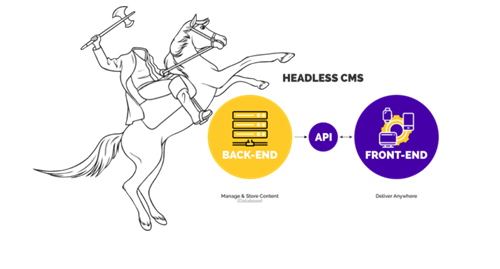
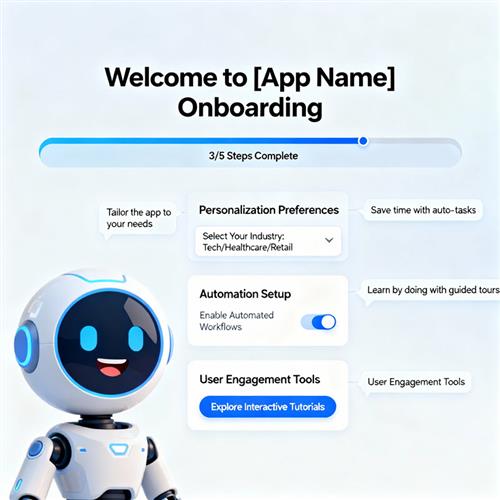

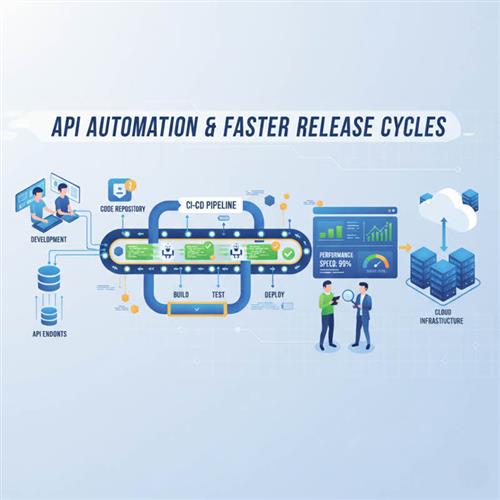

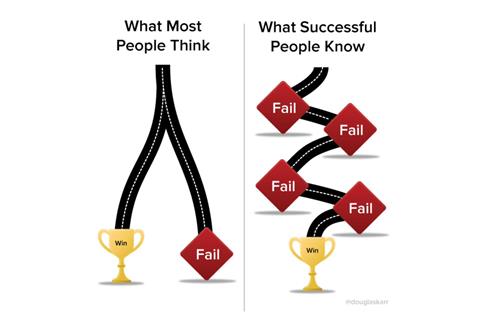


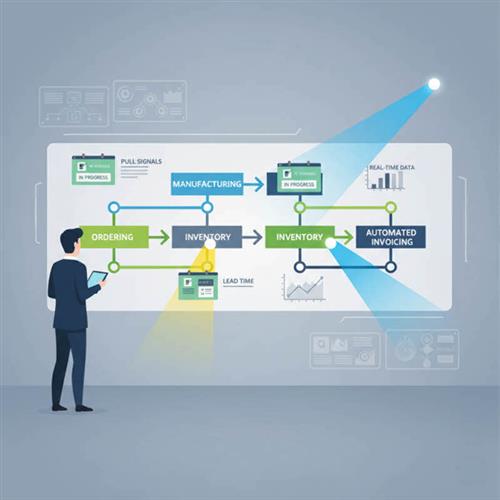

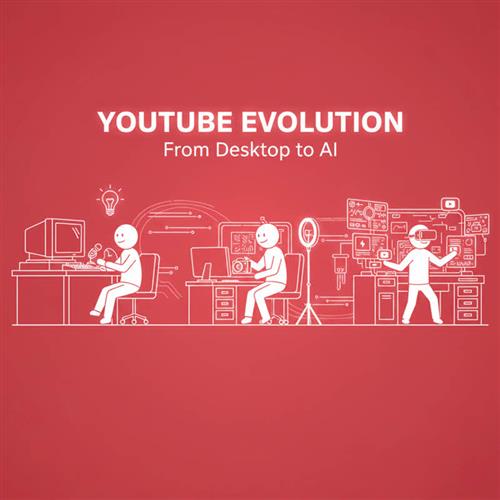

04102024050214_thumb.jpg)
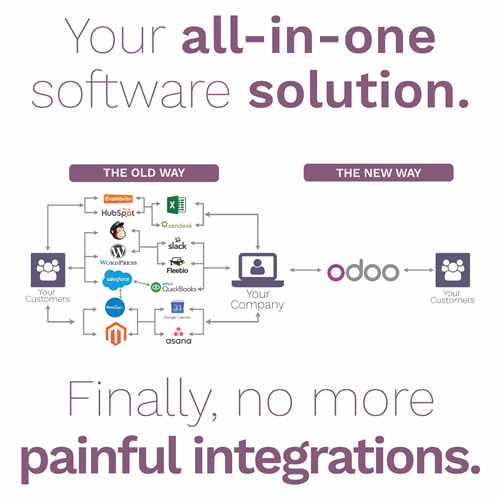
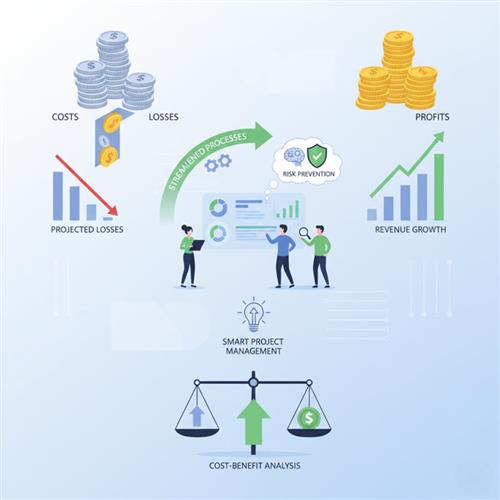
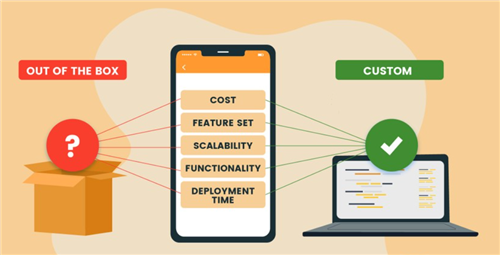
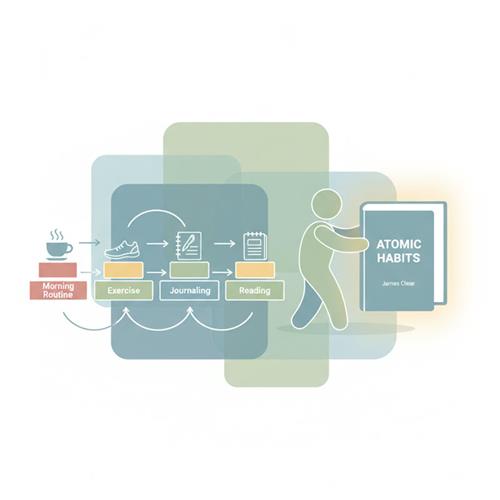
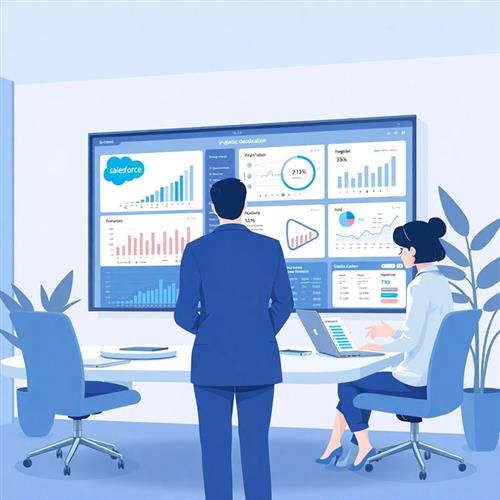










 Link copied!
Link copied!